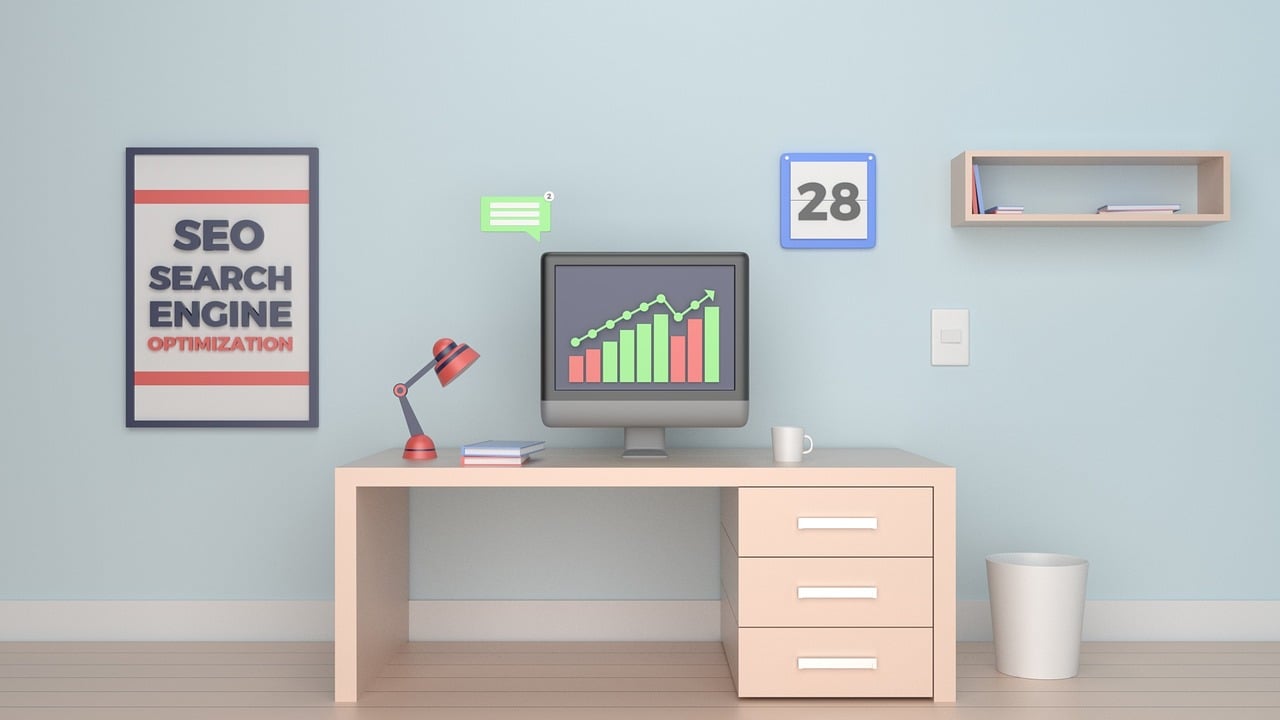On-page SEO, also known as on-site SEO, refers to the optimization of individual web pages to improve their search engine rankings and increase organic traffic. It involves various techniques and strategies implemented directly on the website itself to make it more appealing to both search engines and users. By focusing on on-page SEO, website owners aim to enhance the relevance, user experience, and overall visibility of their content on search engine results pages (SERPs).
One of the fundamental aspects of on-page SEO is keyword optimization. This involves conducting thorough keyword research to identify relevant and high-traffic keywords that are related to the content of the page. These keywords are then strategically incorporated into various elements of the page, such as the title tag, meta description, headings, and content. However, it is essential to use keywords naturally and avoid “keyword stuffing,” which could lead to penalties from search engines.
The title tag is a crucial on-page SEO element as it appears as the main headline in search results and on browser tabs. It should be concise, descriptive, and include the primary keyword for the page. Similarly, the meta description is a short blurb that summarizes the page’s content and persuades users to click on the link. Writing compelling meta descriptions can improve click-through rates and boost organic traffic.
Headings and subheadings (H1, H2, H3, etc.) are used to structure content and improve readability. Properly organized content makes it easier for both users and search engines to understand the page’s structure and main topics. It is recommended to include relevant keywords in headings when appropriate to signal the page’s topical focus.
Content quality is paramount for on-page SEO. Search engines prioritize valuable, informative, and original content that meets users’ search intent. Lengthy and comprehensive articles tend to perform better in search rankings. Incorporating multimedia elements, such as images, videos, and infographics, can also enhance the overall user experience and engagement on the page.
Additionally, on-page SEO involves optimizing the URL structure to be descriptive and user-friendly, making it easier for visitors to understand the content’s context by simply looking at the link. Site speed is another crucial factor; faster-loading pages tend to rank higher in search results as they provide a better user experience.
Mobile optimization is essential for on-page SEO since an increasing number of users browse the internet on mobile devices. Websites must be responsive and adapt to different screen sizes to ensure a positive user experience across all devices.
Internal linking is an on-page SEO strategy that involves linking relevant pages and content within the website. This helps search engines understand the website’s structure and hierarchy, and it encourages users to explore more content, increasing time spent on the site.
In conclusion, on-page SEO is a critical part of any comprehensive SEO strategy. By optimizing individual web pages with relevant keywords, valuable content, proper structure, and various other elements, website owners can improve their search engine rankings, attract more organic traffic, and provide a better overall experience to their users. Remember that on-page SEO should always prioritize the needs of the audience, providing them with the best possible experience, while also sending clear signals to search engines about the content’s relevance and value.
